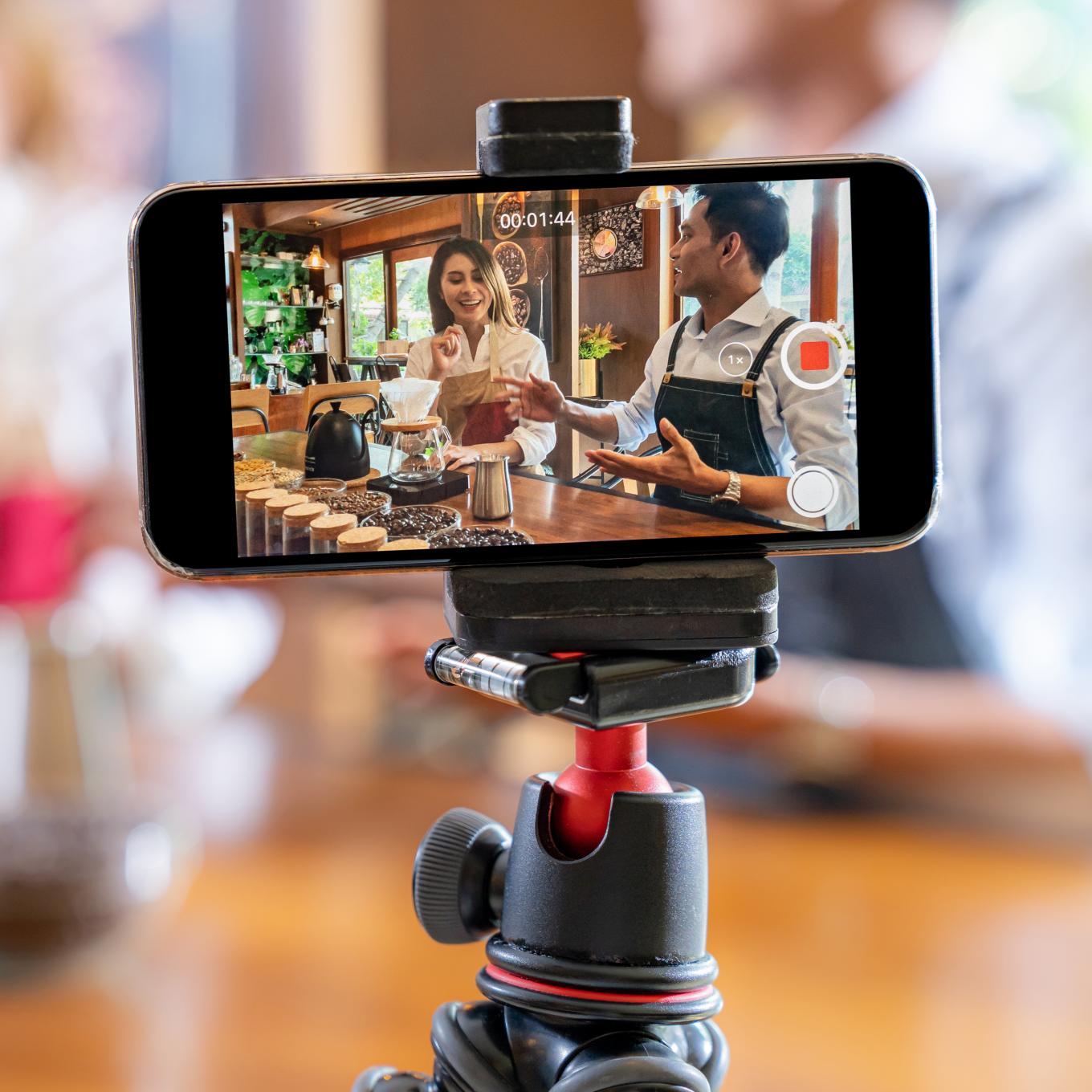PR includes different activities that help create and maintain a good image for your start-up.
Media/Press relations
This involves working with journalists to get news coverage.
Building good relationships with media professionals could be useful for achieving this.
Businesses send out press releases to share important news, like new products or achievements.
Getting media coverage could help you reach more people for free and build trust.
Community relations
This focuses on connecting with local communities.
By working with local people and organisations, sponsoring events, and helping the community, you could improve your company’s reputation and build goodwill and customer loyalty.
Influencer marketing
This involves using people with large social media followings to promote your products or services, usually for a fee.
Working with the right influencers could spread your brand’s message and reach your target audience.
Influencers add authenticity, which could boost credibility, and this method of PR is popular in digital marketing strategies.

Event management
This involves planning events to promote your business, such as product launches or charity fundraisers.
Events let you engage directly with people and show off your brand’s personality and values.
Successful events could create excitement, draw media attention, and help build personal connections with attendees.
PR activities across different channels
PR isn’t just about traditional media like newspapers; it uses various channels to make a big impact.
1. Social media
Social media is a strong PR tool that lets you interact directly with your audience and listen to their feedback.
Businesses can easily share updates, answer questions, and engage with followers.
2. Press releases
Press releases are official announcements sent to the media and are key to getting media attention.
A good press release could lead to valuable news coverage.
Learn how to write a press release in chapter 5.
3. Websites
A company’s website is an important PR tool, often being the first place people look for information about a business.
A well-kept website could boost your start-up’s credibility and visibility online.
It should have up-to-date information and reflect the brand’s image.
4. Editorial requests
This involves giving expert opinions or quotes to journalists.
Being featured in these stories could help position your business as a leader in the field.
Tip: Using a mix of different channels could increase your chances of getting good PR.

Download the guide
Download the full Essential guide to PR below:
Your previously read articles

Chapter three: Finding PR opportunities
Discover ways to get your business seen by both the media and your customers.
Next chapterBritish Business Bank plc is a development bank wholly owned by HM Government. British Business Bank plc and its subsidiaries are not banking institutions and do not operate as such. They are not authorised or regulated by the Prudential Regulation Authority (PRA) or the Financial Conduct Authority (FCA). A complete legal structure chart for the group can be found at british-business-bank.co.uk.
Whilst we make reasonable efforts to keep the information in this guide up to date, we do not guarantee or warrant (implied or otherwise) that it is current, accurate or complete. The information is intended for general information purposes only and does not take into account your personal situation, nor does it constitute legal, financial, tax or other professional advice. You should always consider whether the information is applicable to your particular circumstances and, where appropriate, seek professional or specialist advice or support.
Sign up for our newsletter
Just add your details to receive updates and news from the British Business Bank
Sign up to our newsletter